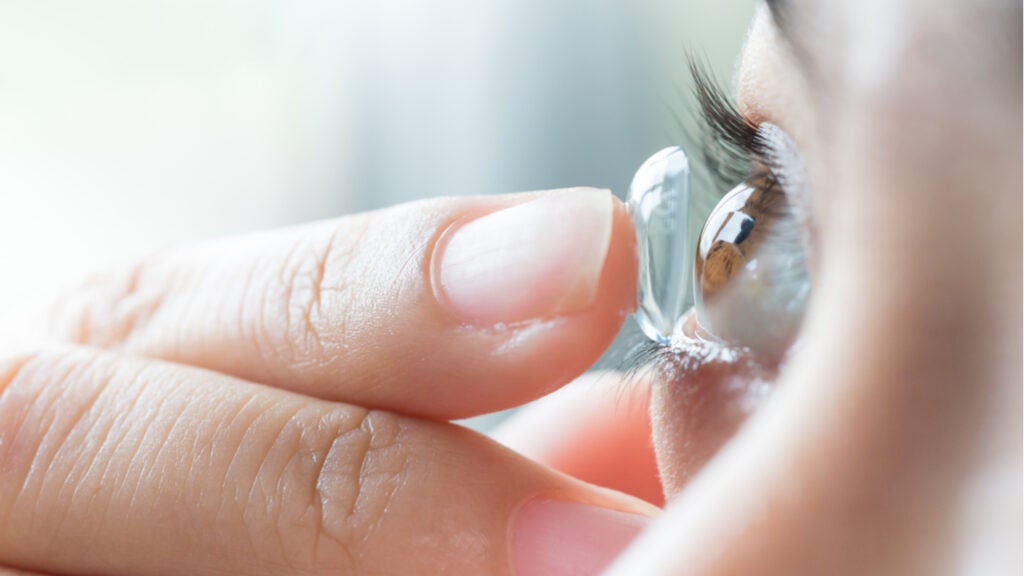MediPrint Ophthalmics has unveiled interim results from a study showing its drug releasing contact lens can reduce intraocular pressure (IOP) in patients with glaucoma.
MediPrint’s LL-BMT1 is the lead asset from the company’s contact lens-based ocular drug delivery portfolio. The California, US-based company’s goal is to offer treatment options to patients with eye diseases or conditions that allows them to continue wearing contact lenses for vision correction.
The Phase IIb study (NCT04747808) is part of the company’s SIGHT (Sustained Innovative Glaucoma and Ocular Hypertension Treatment) clinical programme. SIGHT-2 aims to ascertain the correct dose for LL-BMT1 – a preservative-free weekly medicated contact lens that releases bimatoprost. Bimatoprost is a common medicine used as an eye drop to treat ocular hypertension.
A new low-dose LL-BMT1 was administered to glaucoma patients every seven days for three weeks. Compared to a reference arm of timolol 0.5% topical eye drops used twice a day in the same time frame, MediPrint’s contact lens was comparable to the timolol – reducing IOP by approximately 5.5 mmHg.
The IOP reduced each week – though the sharpest decline occurred in the first week. The company says that due to the simultaneous release of the lubricant hyaluronic acid (HA), comfort improved over the three weeks and there were no protein deposits on the lenses.
MediPrint has now set its sights on upping the dose to a medium-dose lens.
Approximately three million people in the US live with glaucoma, and MediPrint says that around 5% of them wear contact lenses. The company will be tapping into a glaucoma drug market that is set to be worth $3.5bn by 2030, according to GlobalData.
“[These clinical study results] indicate that the path to get to our Phase III study and an FDA approval is clear and achievable,” commented Praful Doshi. MediPrint’s founder, chairman, and interim CEO.
“We need to move to the LL-BMT1 medium dose lens in the SIGHT-2 Phase 2b Group 2 study, since a higher IOP drop is anticipated at a higher dose per contact lens.”









